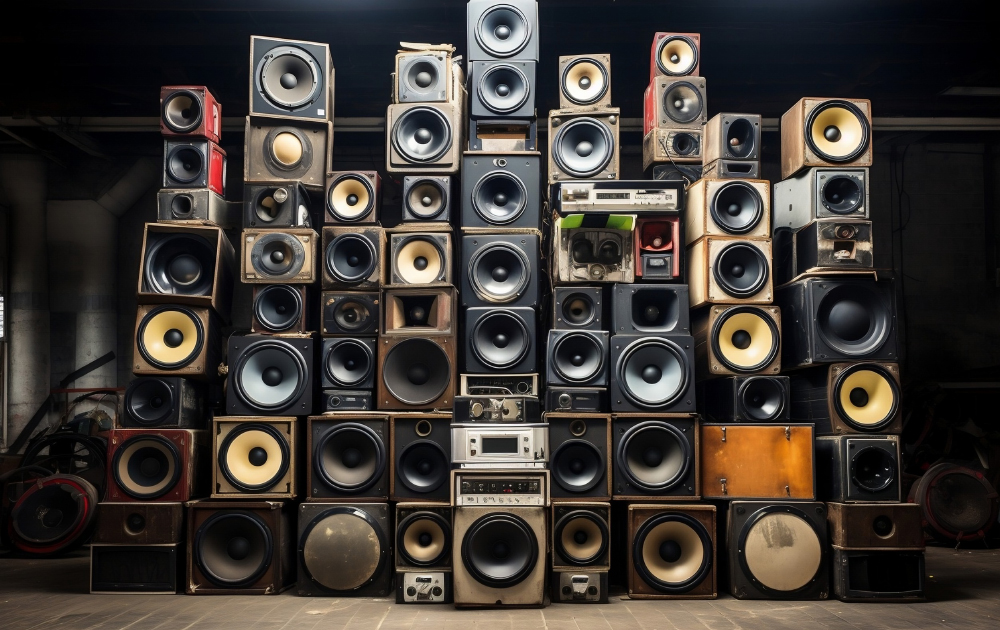Over the past several years I’ve been fortunate enough to use some of the best sound systems currently available from many of the leading manufacturers, and one of the things that struck me is how far we’ve come in terms of a subwoofer delivering the bottom end of the mix.
Subwoofer technology and placement techniques have developed to the point where we have a lot more control over how this important band of frequencies is deployed. So I thought it would be good to take a look at how we got to this point and explore how we can deliver a better bottom end.
When talking about bass frequencies we’re typically referring to those below about 250 Hz, but I want to focus on the lowest of the low; in other words, sub bass – frequencies typically between 20 and 100 Hz. The nature of the way in which we hear means we don’t perceive all frequencies equally (this also changes with volume). But generally speaking, humans are much less sensitive to frequencies below 100 Hz, which is why this region requires special attention.
Looking at standard PA loudspeakers or a pair of studio monitors, most of them extend down to a reasonable frequency for reference purposes, but both will always benefit from the addition of a subwoofer to enhance the bottom end. Amplifiers designed to power subs tend to be more powerful than those used for mid-range or high frequencies, and the loudspeakers themselves are always larger (usually 15 or 18 inches in diameter) than their higher-frequency counterparts.
A common misconception is that large loudspeakers are needed to produce low-frequency sounds, but reality says otherwise – a simple proof of this is ear buds and headphones. The issue here is the medium through which the sound travels.
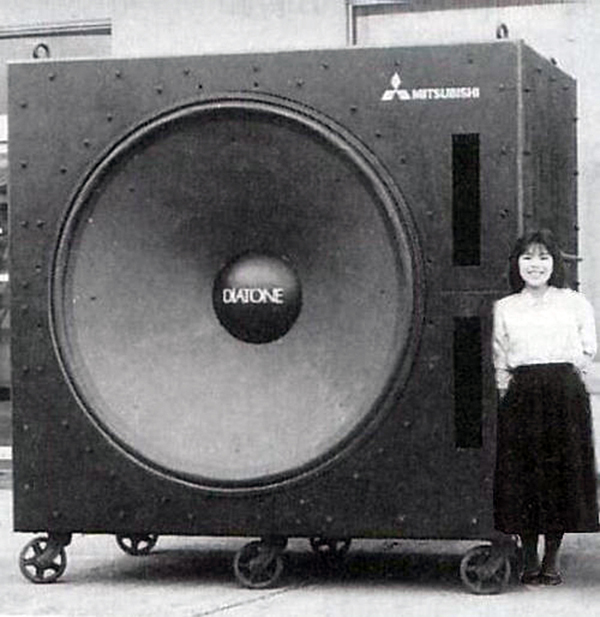
Air is a relatively inefficient conductor of vibrations, and bass vibrations are relatively slow, so much more power is required to produce bass frequencies that are perceived to be the same level as the corresponding higher frequencies. For instance, if we all lived underwater, a relatively low-powered 2-inch woofer would be quite capable of producing pleasing levels down to about 20 Hz.
Early Rumbles
The first acoustic suspension woofer was invented by Edgar Villchur in 1954: the AR1 debuted at the New York Audio Fair and quickly went into production for his newly founded company, Acoustic Research. The design utilized the elastic cushion of air within a sealed enclosure to ensure a linear restoring force for the woofer’s diaphragm, thus producing louder and cleaner bass frequencies.
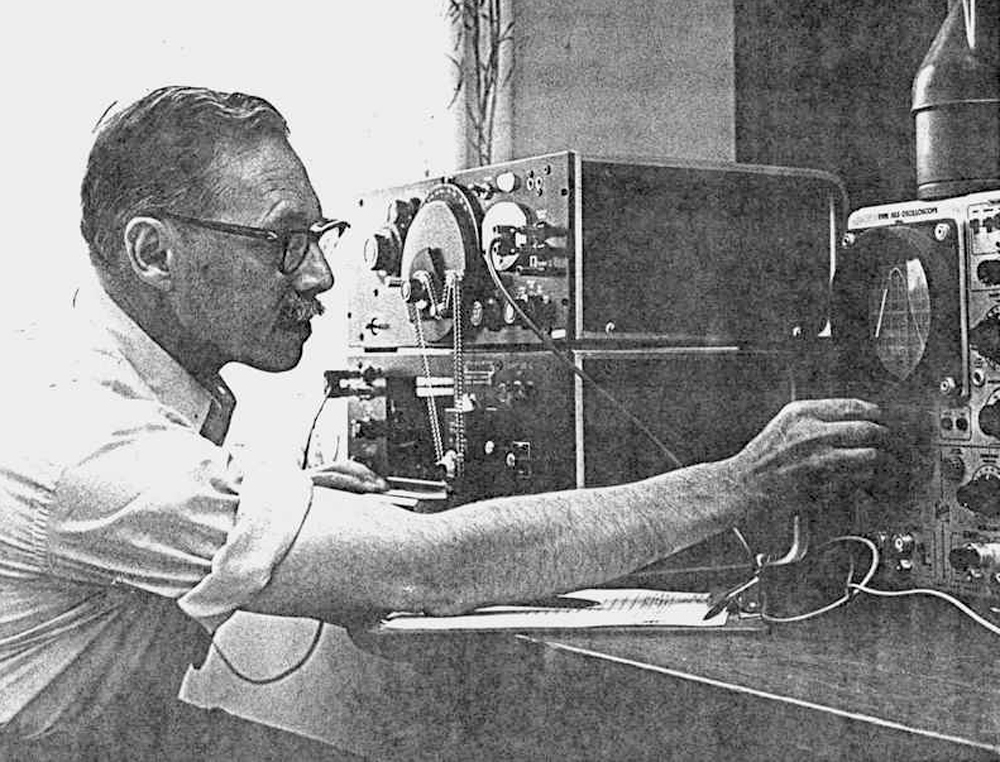
Loudspeakers capable of producing frequencies below 100 Hz with adequate volume and minimal distortion become more common in the 1960s and 70s but weren’t commonly applied in the way that they are now (i.e., at concerts, in recording studios and for home hi-fi). The main use was in cinema to enhance the movie-going experience,
One such approach was called Sensurround, a process developed by Cerwin-Vega in conjunction with Universal Studios that used multiple subs powered by racks of 500-watt amplifiers, triggered via control tones printed on the audio track of the film, to produce energy between 17 and 120 Hz.
The most famous application of Sensurround was to add “realism” to the 1974 film Earthquake. The low-frequency entertainment method was credited with making the film a box office success and generated a lot of publicity for subwoofers. (And the film won an Academy Award in the Best Sound category.)
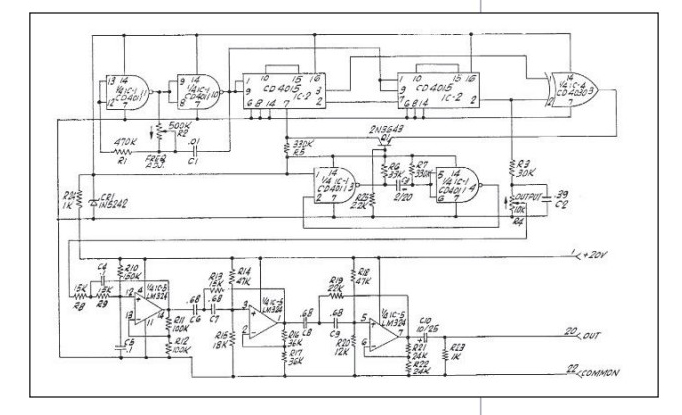
One of the main reasons a subwoofer wasn’t commonly used in the home was due to the limitations of the primary playback medium of that time (vinyl records). Loud and deep bass was difficult because it affected the stylus’s ability to track the groove; even a moderate amount of bass (by modern standards) would cause the needle to oscillate excessively until it jumped out of the groove. Truly accurate and deep bass wasn’t really possible until the compact cassette tape became a common medium, followed by the compact disc (CD).
Meeting Expectations
In the early days of concert sound, there wasn’t really an overriding need for a full and deep bottom end. To illustrate, let’s take a look at the two instruments most commonly found in the subs in traditional guitar-based rock music: kick drum and bass guitar.
If you stand next to an unamplified drum kit while it’s being played, you might notice that the kick drum isn’t actually that bass heavy. It moves a certain amount of air, and has the most bass of all the drums in the kit, but it doesn’t have that sound that “hits you in chest” like it does when standing in front of the PA at a gig. That sound is actually an artificial construction whereby the drum is close-miked with microphones that are tuned to bring out the bass frequencies – often in a disproportionate way.
The standard electric bass guitar has four strings that are tuned an octave down from the bottom four strings of the guitar. These oscillate at about 41, 55, 73 and 98 Hz, with the specific sound produced depending largely on the bass amp. (Very few bass amps are able to generate 41 Hz; in fact, most struggle to go below 80 Hz with sufficient level.)
Again we use techniques such as direct injection (DI) or close miking the bass amp cabinet to help bring out those lower frequencies.
The point I’m making is that routinely, we artificially enhance the bottom end of key instruments to create the sound we’ve come to desire and expect. This sound is the product of an evolutionary process pushed forward by a combination of production techniques, advances in amplifier and loudspeaker technology, and the expectations of the musicians and their audiences.
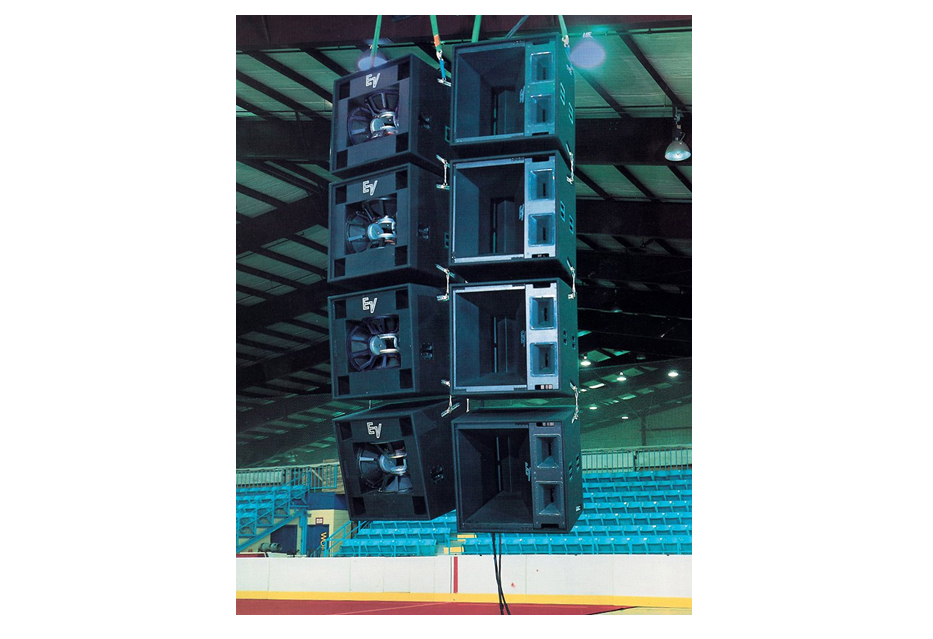
But why do we prefer a full and deep bass sound in our music? According to recent research by Laurel Trainor at the McMaster Institute for Music and The Mind in Ontario, Canada, our ears are much better at discerning subtle timing differences in low frequencies than high frequencies. The study suggests that this effect arises within the physiological mechanism of the ear and not in the perceptual center of the brain.
This tells us that we rely much more on the low-frequency content of music to help us lock into the rhythm, and further, it shows how important it is for live sound engineers to get the bottom end right, particularly for dance music.
There’s one more important factor that contributes to our enjoyment of low frequencies: they’re felt as much as heard. The sheer amount of air movement at low frequencies resonates in our chests and adds a visceral element to our enjoyment of the sound.
Much like that early Sensurround system, it helps put us “in” the sound and adds to our enjoyment of the music.
Various Approaches
So how do we get the best out of modern sub bass systems? The first thing to consider is that more is not necessarily better – just because we now have prodigious power at our fingertips does not mean that we need to wield all of it. There’s a fine line between levels that induce stomach jiggling excitement and those that induce nausea.
Bass coverage is rarely completely even throughout a venue, so it’s always a good idea to be familiar with the region where it’s at it’s maximum and then to set levels accordingly, also keeping in mind that the levels at front of house don’t always represent the whole.
One of the biggest causes of messy, muddy mixes is bass energy getting into the subwoofer that shouldn’t be there. This can be avoided in a number of ways. First and foremost is microphone choice and positioning – putting the right mic in the right position is the best way to ensure getting just the desired sound from the source. Also be aware of how directional mics exhibit the proximity effect; knowing when to exploit this and when to obviate it can help a lot in delivering a crisp and clean bottom end from multiple miked sources.
I’m also a big fan of the artful use of high-pass filtering, which serves two very important purposes. It can help reduce the amount of low-frequency leakage, which is inevitable when multiple mics are in close proximity to each other, and it can also help reduce frequency masking, which always occurs in a downwards direction, frequency-wise (i.e., guitars are more likely to mask the bass than the other way round). And if that doesn’t help reduce the amount of unwanted bass in the subwoofers, then the aux fed subwoofer method provides further control to ensure only the desired signals are present in the subwoofers.
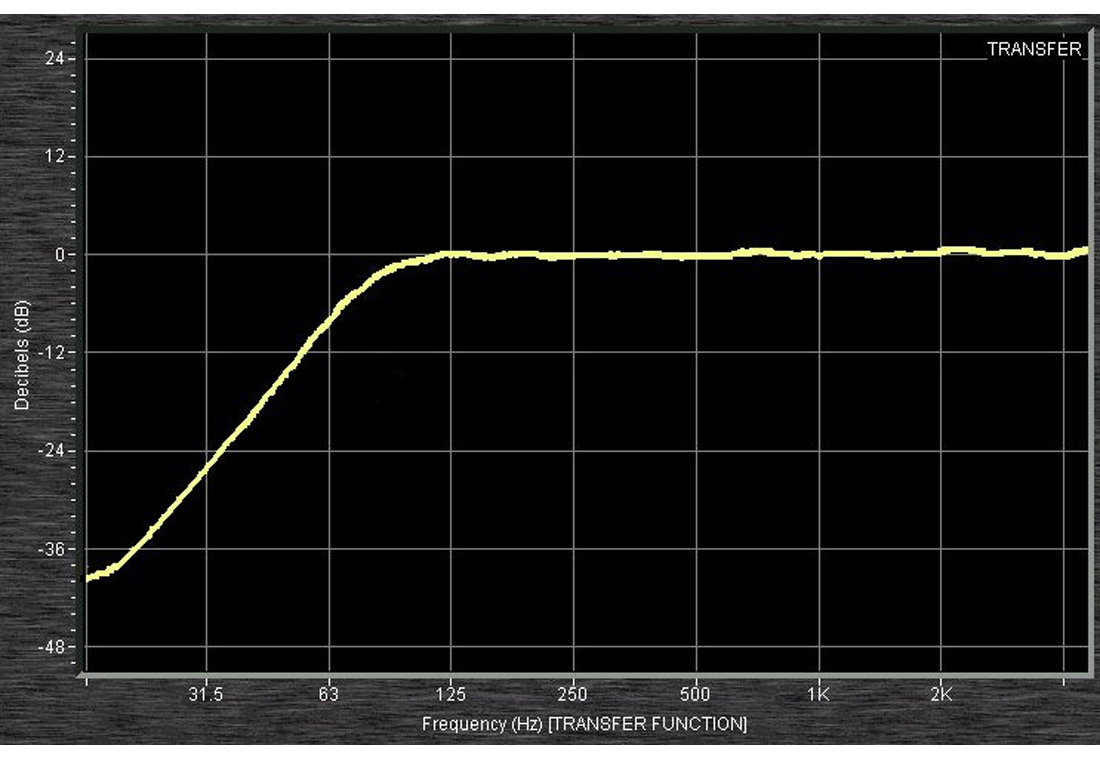
Sometimes, particularly in small venues, the issue is not too much bass but rather not enough of it. This is where a little knowledge of psychoacoustics can help. There’s an interesting phenomenon called the Missing Fundamental where we hear the overtones of a sound but not the fundamental frequency (usually because the sound system doesn’t go that low). Under the right conditions, our brains process the information present in the overtones and fill the gap left by the fundamental frequency so that we actually perceive it even though it’s not present.
I’ve often exploited this principle when the PA has a less-than-stellar bottom end. The key is not just to boost the upper reaches of the bass sound but also to reduce the low frequency content, which has the added bonus of stopping the PA from wasting energy trying to produce frequencies it can’t.
Hopefully this discussion provides some new insight into a familiar but sometimes overlooked band of frequencies. After all, if you’re planning to build a sturdy mix, it always helps to start with a solid foundation.

